This section introduces the livability of Sumida-ku, Tokyo compared to the other 23 wards.
Contents
Livability of Sumida ward|First Conclusion
- Future Population of Tokyo
- Public safety
- Number of Hospitals
- Childcare
Sumida-ku is a downtown area in the eastern part of Tokyo, where traditions and culture from the Edo period are still alive here and there. It also offers a wide variety of sightseeing opportunities with the Tokyo Sky Tree and new landmarks in the vicinity.

Sumida-ku, Tokyo has these characteristics, but to give you a brief idea of how easy it is to live there, the accessibility is high and the property prices are on par. However, public safety is poor and there are children on waiting lists.
Compare Sumida-ku with other wards
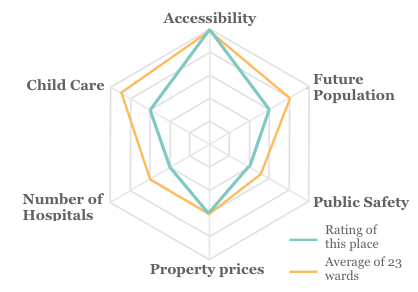
▼Accessibility
Calculated by the time it takes to get out to the Yamanote Line station.
5 = within 15 minutes
4 = within 20 minutes
3 = within 25 minutes
2 = within 30 minutes
1=more than 30 minutes
▼ Future Population
Calculated as percent change in population in 2045 relative to current population.
Over 110% = 5
Over 100% = 4
Over 90% = 3
Over 80% = 2
Less than 80% = 1
▼ Public Safety
The number of perceived crimes per 1,000 population is evaluated using the following criteria
5= less than 4 crimes per 1,000 people
4= less than 5
3= less than 6
2= less than 8
1= more than 8
▼ Property prices
Compared to the respective averages for rentals and condominiums in the 23 wards of Tokyo
5=30% or more reasonable price
4=10% or more but less than 30% of the price of the property
3=Less than 10% of the price before or after
2 = 10% or more but less than 30% more expensive price
1 = 30% or more expensive price
and then summed and re-evaluated.
▼ Number of medical facilities
(The number of medical facilities is evaluated against the average of Tokyo’s 23 wards (excluding extremely expensive wards) using the following criteria.
5=30% or more
4=10% or more but less than 30
3=10% or more, but less than 10%.
2=10% or more but less than 30
1=30% or more
▼ Child Care
The following criteria are used to evaluate against the number of children on waiting lists.
5 = 0 children on waiting list
4=Less than 5 children on the waiting list
3=Less than 10 children on the waiting list
2=Less than 50 children on the waiting list
1 = 50 or more children on the waiting list
Above, the green line is the evaluation of Sumida Ward, and the orange line is the average evaluation of other 23 wards in Tokyo. Let us look at each of them in turn.
Accessibility of Sumida-ku

- JR Sobu Line: “Kinshicho” station
- JR Sobu Line: Kinshicho Station, Ryogoku Station
- Keisei Oshiage Line: Oshiage Station, Keisei Hikifune Station, Yahiro Station
- Tokyo Metro Hanzomon Line: Kinshicho Station, Oshiage Station
- Toei Asakusa Line: Honjo-Azumabashi Station, Oshiage Station
- Toei Shinjuku Line: Kikugawa Station
- Toei Oedo Line: Ryogoku Station
- Tobu Isezaki Line: Tokyo Skytree Station, Hikifune Station, Higashimukojima Station, Kanegafuchi Station
- Tobu Isezaki Line (Oshiage – Hikifune): “Oshiage” “Hikifune” station
- Tobu Kameido Line: Hikifune Station, Komurai Station, Higashi Azuma Station
Sumida Ward has 10 lines and 14 stations.

The JR Sobu Main Line allows passengers to leave for Chiba and Shinjuku without changing trains. The JR Sobu Main Line also connects directly with the JR Yokosuka Line, allowing passengers to go to the Kanagawa area without changing trains.
The area also offers easy access to both Haneda and Narita airports.
Sumida-ku Population and Future Population
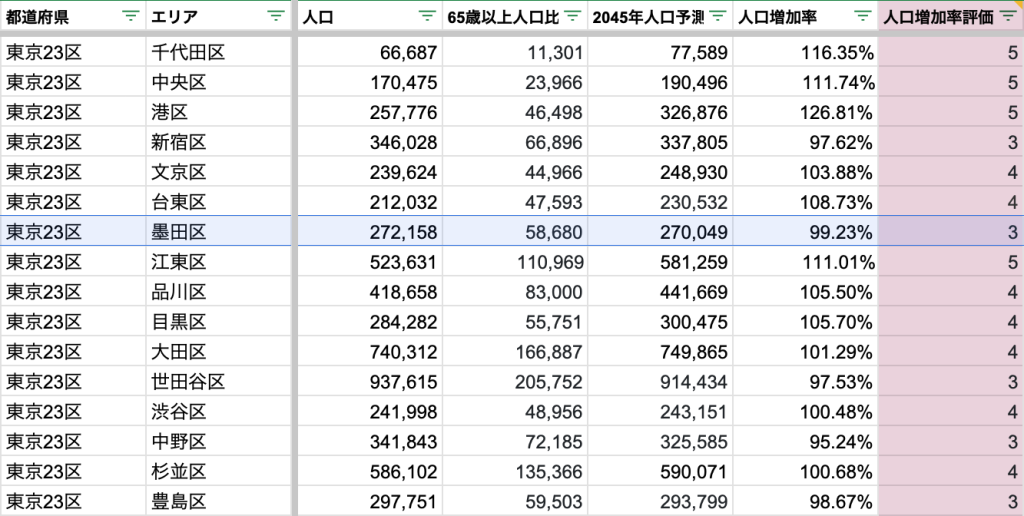
The population of Sumida-ku is approximately 272,000.
The future population in 2045 will be 270,000 (99.23%), about 2,100 less than the current population. While population decline is predicted throughout Japan, the projection of population maintenance is positive.

Although the population did not exceed 100%, it is almost maintained. Because of this, it can be said that real estate prices are unlikely to fall in the district if the area is popular, such as near train stations.
Is Sumida city safe?
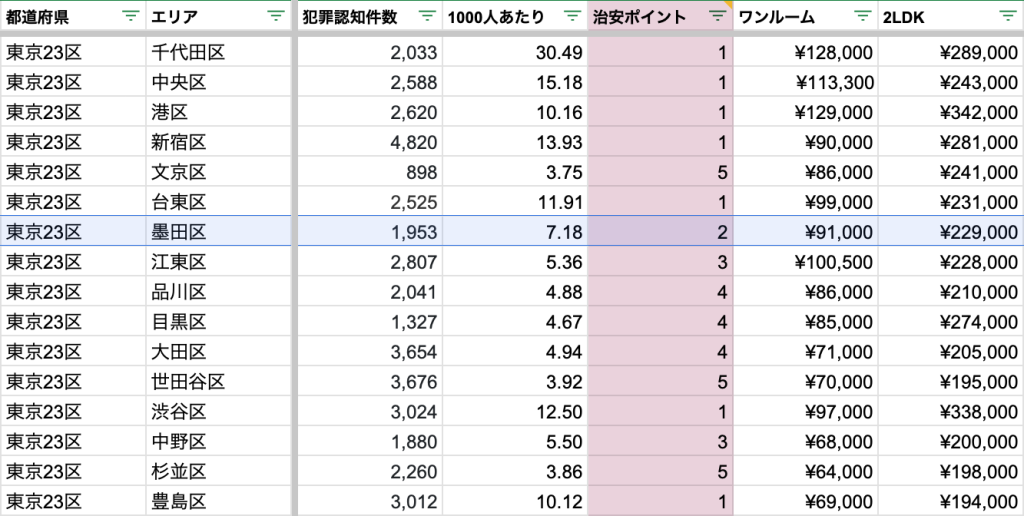
Compared to the surrounding wards, Sumida Ward gives the impression of being “somewhat unsafe.
The number of crimes in 2022 was 1,953, which is 7.18 crimes per 1,000 people in Sumida Ward.
Since the average number of crimes per 1,000 people in other wards is about 6 to 7, Sumida Ward was rated as “slightly poor” in terms of public safety.

There are many commercial facilities around Kinshicho Station, and the south exit area of the station is an entertainment district, which seems to have a high number of crimes.
Property quotes in Sumida Ward

- One room rental = approx. 91,000 yen
- 2LDK rental = approx. 230,000 yen
- Condominium for sale = approx. 56 million yen
- Detached house = approx. 70 million yen
The above is the market price of properties for rent and for sale in Sumida-ku, Tokyo.

Compared to other wards in the vicinity as shown in the table, the property market in Sumida-ku was rated as average.
Number of Hospitals in Sumida-ku

There are 223 hospitals and other medical facilities in Sumida Ward.
This is 0.82 per 1,000 people, which is “below average” compared to the other 23 wards of Tokyo.
Sumida-ku Childcare

As for childcare, according to 2022 data, there were 7 children on the waiting list in Sumida Ward. Also, it seems that there are 60 pediatrics and 80 licensed childcare facilities.

There are some wards within the 23 wards that have no children on waiting lists. In contrast, Sumida Ward has 7 children, which should be noted for families who want to leave their children in the care of their children.
“待機児童=Taiki jidō” in Japan refers to children who need but can’t secure a spot in childcare facilities due to shortage. This is a major social issue.
What you need to know before moving to Sumida-ku

Here we report on the contents of the regional hazard measurement survey for earthquakes published by the Tokyo Metropolitan Government Bureau of Development.
The above figure is a color-coded chart of five levels of “overall risk” calculated from “building collapse risk” and “fire risk.
According to the chart, Sumida Ward has the lowest risk level from rank 1 (light blue area) to rank 5 (brown area).
The areas in Sumida Ward with particularly high risk (rank 5) are as follows.
- 3 Oshiage, Sumida-ku, Tokyo
- 2 and 3 Kyoshima, Sumida-ku, Tokyo
- Sumida 2-chome, 3-chome, 4-chome, and 5-chome, Sumida-ku, Tokyo
- 2-Tachibana, Sumida-ku, Tokyo
- 1, 5, 6 Higashimukojima, Sumida-ku, Tokyo
- 4 Mukojima, Sumida-ku, Tokyo
- 2, 3 and 4 Yahiro, Sumida-ku, Tokyo
For more information, please refer to the Sumida-ku page of the Tokyo Metropolitan Government Bureau of Development. If you are considering moving to Sumida-ku, we recommend that you take a look at this page.
Sumida-ku livability summary
- Mutual direct service allows people to leave for other prefectures without transfers【Good!】
- Population will be almost the same in the future.
- Security is poor 【Bad!】
- Property prices are average.
- The number of hospitals is below average.
- There are children waiting for admission【Bad!】
We checked the livability of Sumida-ku and found that it is as shown above.
On the other hand, it is not safe and there are fewer hospitals than average. On the other hand, it is not safe and there are fewer hospitals than average, and there are children on waiting lists.

Why don’t you positively consider moving to Sumida-ku?
▼Population
https://www.metro.tokyo.lg.jp/tosei/tokyoto/profile/gaiyo/kushichoson.html
▼Future population
https://jmap.jp/cities/detail/city/13107
▼Public order
https://www.keishicho.metro.tokyo.lg.jp/about_mpd/jokyo_tokei/jokyo/ninchikensu.files/R4.csv
▼Market price of property
https://www.chintai.net/tokyo/area/13100/rent/1r/
https://www.homes.co.jp/mansion/chuko/tokyo/chiyoda-city/price/
https://www.homes.co.jp/kodate/chuko/tokyo/23ku/city/price/
▼Taiki jido
https://www.hokatsunomikata.com/taiki_infos/634
▼Number of Hospitals
https://jmap.jp/cities/detail/city/13107
▼Number of approved childcare facilities
https://www.fukushi.metro.tokyo.lg.jp/kiban/fukushi_shisetsu/shs_list/202305.html
▼Tokyo Earthquake Hazard Level
https://www.toshiseibi.metro.tokyo.lg.jp/bosai/chousa_6/7sumida.htm
The information published on this site is the data at the time of the survey. Therefore, please be sure to check the latest data by yourself.
Survey on livability of Chuo-ku, Tokyo. Moving to Japan.
Taito ward, Tokyo. Survey of livability in Japan
Japanese article
墨田区は治安悪い?やばい?住みたくない?他の東京23区と魅力や特徴比較

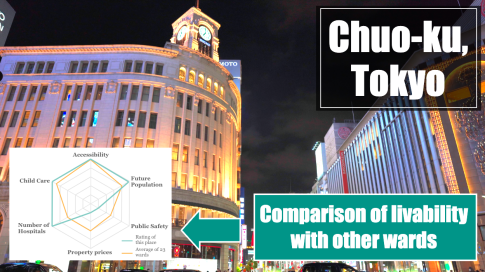
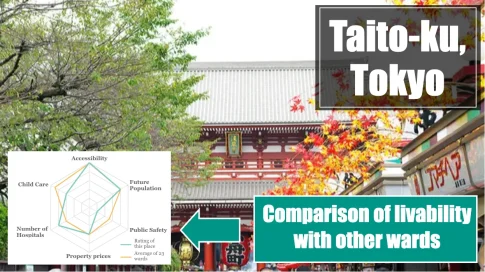
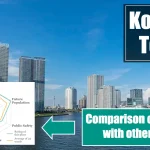
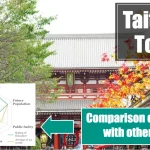
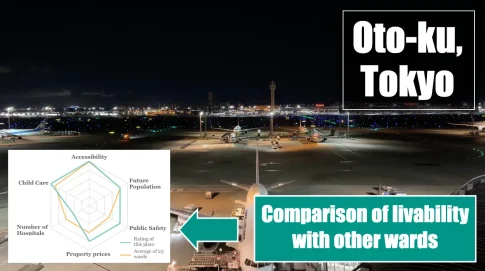
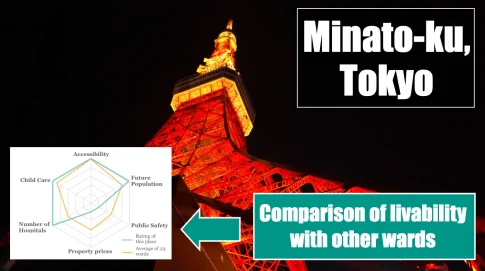
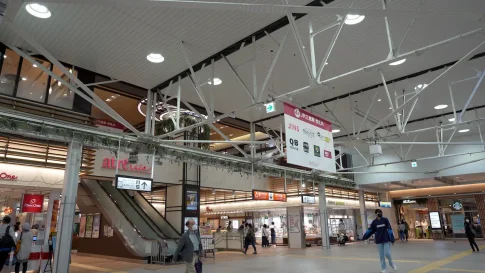
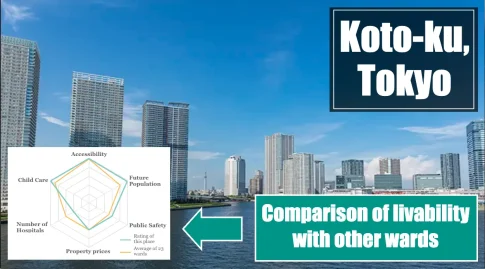
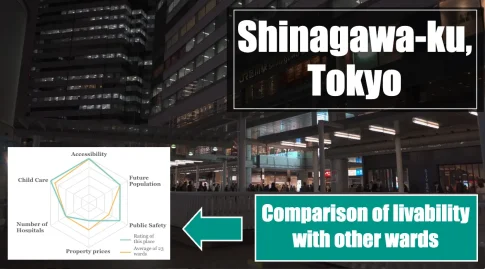
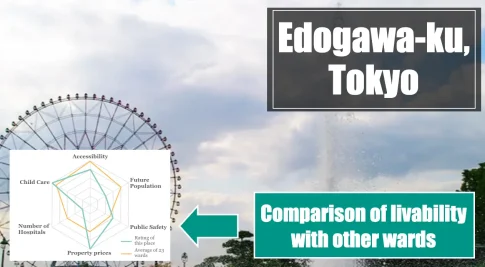
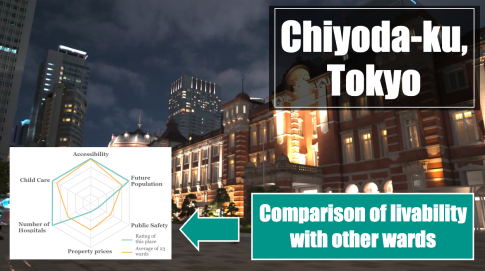
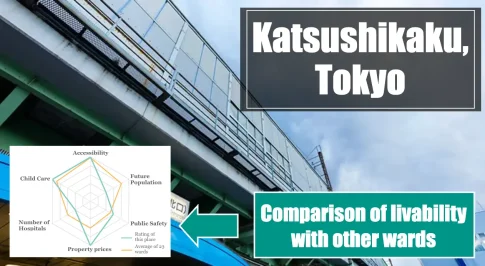
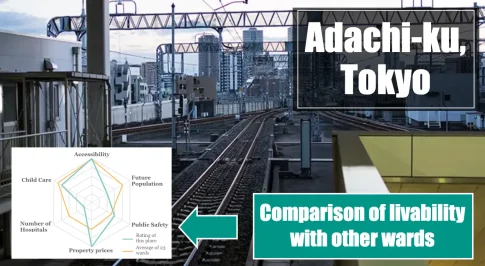
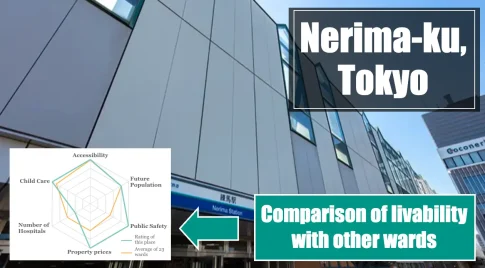
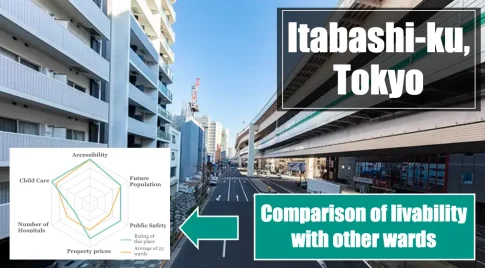
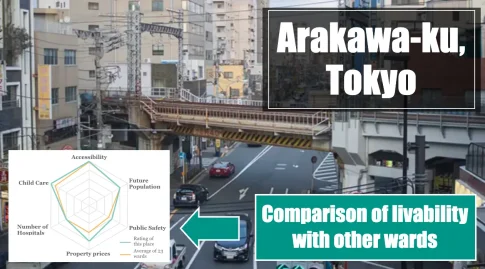

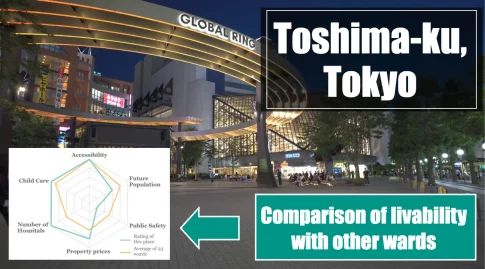
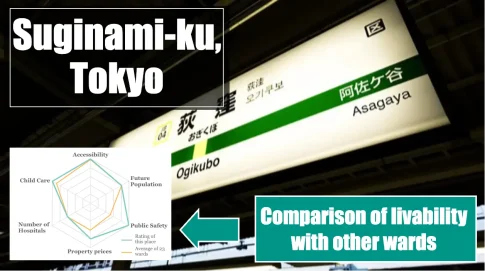
There is no advantage over other wards.